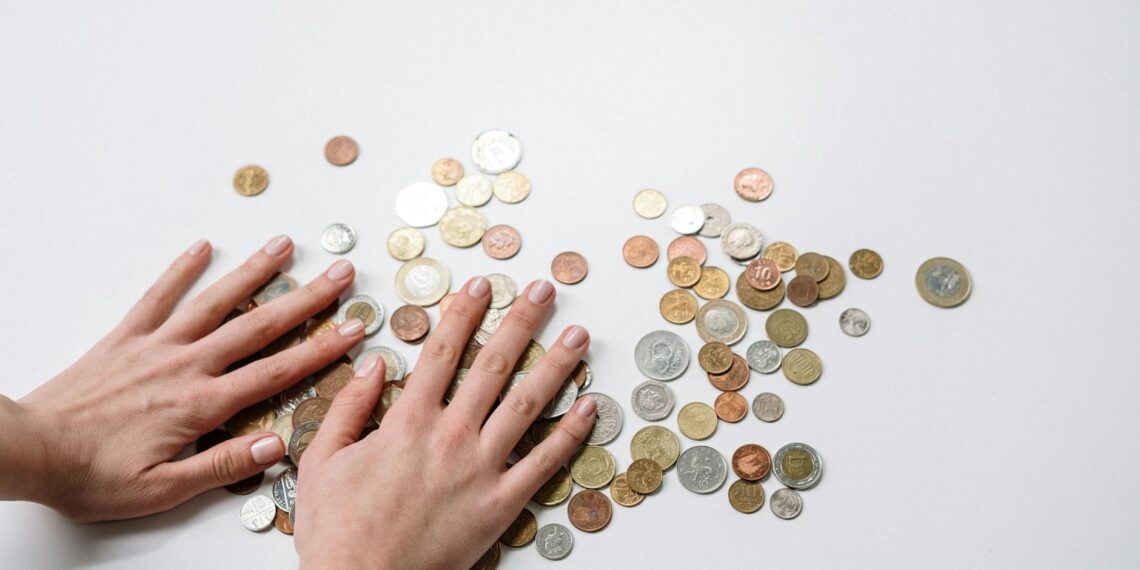The U.S. dollar coin, often referred to as the “golden dollar” due to its manganese brass composition and color, features Sacagawea, the Shoshone woman who served as a guide and interpreter for the Lewis and Clark Expedition.
On the obverse (heads) side of the coin, Sacagawea is depicted in a three-quarter profile, carrying her infant son, Jean Baptiste. The obverse also includes the inscriptions “LIBERTY” and “IN GOD WE TRUST”.
The reverse (tails) side of the coin has changed annually as part of the Native American $1 Coin Program, launched in 2009. These designs celebrate the contributions of Native American tribes and individuals to U.S. history and development. The reverse also includes the inscription “$1” and “UNITED STATES OF AMERICA”.
It’s important to note that while some mistakenly refer to it as a “gold dollar,” the coin is not actually made of gold but rather a manganese brass alloy.











Who is on the gold dollar coins?
The Golden Dollar’s obverse, or heads, has Sacagawea portrayed in three-quarter profile. In a departure from numismatic tradition, she looks straight at the holder. Glenna Goodacre, the artist of the obverse, included the large, dark eyes attributed to Sacagawea in Shoshone legends.
What makes a Sacagawea $1 coin so rare?
Thanks for asking. What makes a Sacagawea $1 coin so rare? Minting errors, special finishes, and strikes are some of the factors contributing to certain Sacagawea dollars’ rarity.
Who was on the $1 coin before Sacagawea?
Sacagawea, the famous Shoshone woman and explorer, has appeared on U.S. dollar coins since 2000. She replaced Susan B. Anthony, who briefly graced the coin from 1979-1981 and 1999. Before that, President Dwight Eisenhower was featured on larger dollar coins from 1971-1978.